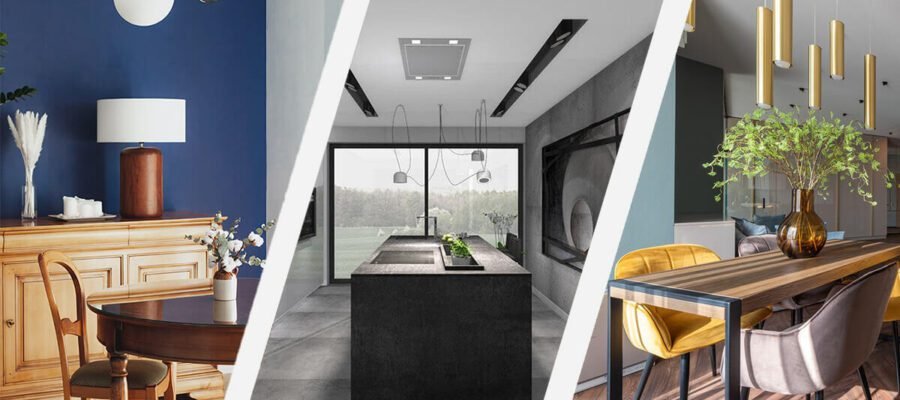The style you choose for your home reflects not only your tastes in interior design, but also your personality, your values, your lifestyle, and how you want to be perceived by the people who walk through your door. Given all these aspects, it’s no surprise that it can be difficult to define a clear aesthetic for your home and opt for a certain interior design style.
Furthermore, the completeness of the terms used to indicate interior design styles does not help much. For example, many people find it easy to identify the specific looks they like, but not name the style they belong to.
Last but not least, just because you like the look of a home, doesn’t mean the style is representative of you and your lifestyle. To be fully satisfied with your home, you must choose a style that visually pleases you and, moreover, that fits your lifestyle.
Therefore, we present to you;
The main interior design styles
By knowing the main styles, it will be much easier for you to define a unified interior design aesthetic. For a home that not only satisfies your tastes, but represents you.
We will talk about Japandi style and essentialism later in two individual articles.
Minimalist style in interior design
The minimalist style involves reducing the essence of the house, furniture and decorations. The use of simple, clear lines and simple, monochromatic color palettes. The elements for which minimalist solutions are often opted for are open plans. The emphasis on functionality, the incorporation of appliances into the furniture and the lack of decoration.
Here are the essential steps for decorating any minimalist style home:
- Use a neutral color palette.
- Focus on one or two focal points in the room.
- Remove any unnecessary furniture and decorations.
- It keeps the living space tidy, without objects crowding it.
- Make sure you have enough space to store all your goods.
Contemporary style and modern style
The contemporary style includes different trends, belonging to different interior design styles, such as modern, art deco or futuristic. The peculiarity of the contemporary style is the continuous evolution; Even though it appeared in the 1970s, it changes, being influenced by current trends, as the name suggests.
The beginnings of the modern style can be traced back to the 1920s. We start from the idea of function in the foreground and form in the second, united by minimalism, avoiding decorations and depriving ourselves of non-essential elements.
Although contemporary and modern styles have a lot in common, they should not be confused. Both include minimalist notes, simple lines and open plans.
However it exists key differences. In the modern style, many natural materials are used, especially wood, but also stone and leather, while in the contemporary style the protagonist materials are glass and metals.
If the contemporary style is limited to a more rigorous color palette, usually black, white and gray, sometimes accompanied by strong colors, the modern style is more flexible, including a variety of shades, such as turquoise, brown or olive green.
Scandinavian or Nordic style
Scandinavian aesthetics include white walls, wooden floors, minimalist layout, accents that evoke comfort and the idea of hygge, and specific furnishings. Scandinavian furniture is free of decoration, easy to maintain.
Created mostly with natural materials, but is often inspired by abstract shapes. Analyzed in depth, the Scandinavian or Nordic style includes, in fact, Four different versions:
- The Danish style
- Swedish style
- Finnish style
- The Norwegian style
Traditional style
Each nation and region has its own traditional interior design style, with specific elements, but we are not referring to this case. Used in this generic way, “traditional style” refers to the Western style of the 18th and 19th centuries.
It includes classic art, antiques and massive furniture with tradition, many of which look royal or massive. Unlike other styles, it can sometimes seem crowded, including many decorations, prints, but also special objects.
Transition style: between classic and modern
The transitional style is, par excellence, a hybrid style. It combines elements of the classic style with those of the modern style, but also masculine and feminine design elements. For example, in the transitional style you will find a balance between curved and straight lines.
Industrial style

This style is inspired by the aesthetics of warehouses, factories and, in general, industrial structures. Industrial style can be implemented by eliminating finishes. Leaving brick walls and pipes. Or simply through the furnishings and materials used: especially metal, glass and wood. Recycled parts are often used within this style.
As you probably noticed from the pictures. Most of the time interior design combines different interior design styles to achieve unique effects. Therefore, you do not feel constrained by a certain style, but can use them as benchmarks to achieve an interior in which you feel at home.
latest posts published

How to set up a wardrobe in your apartment: tips and advantages
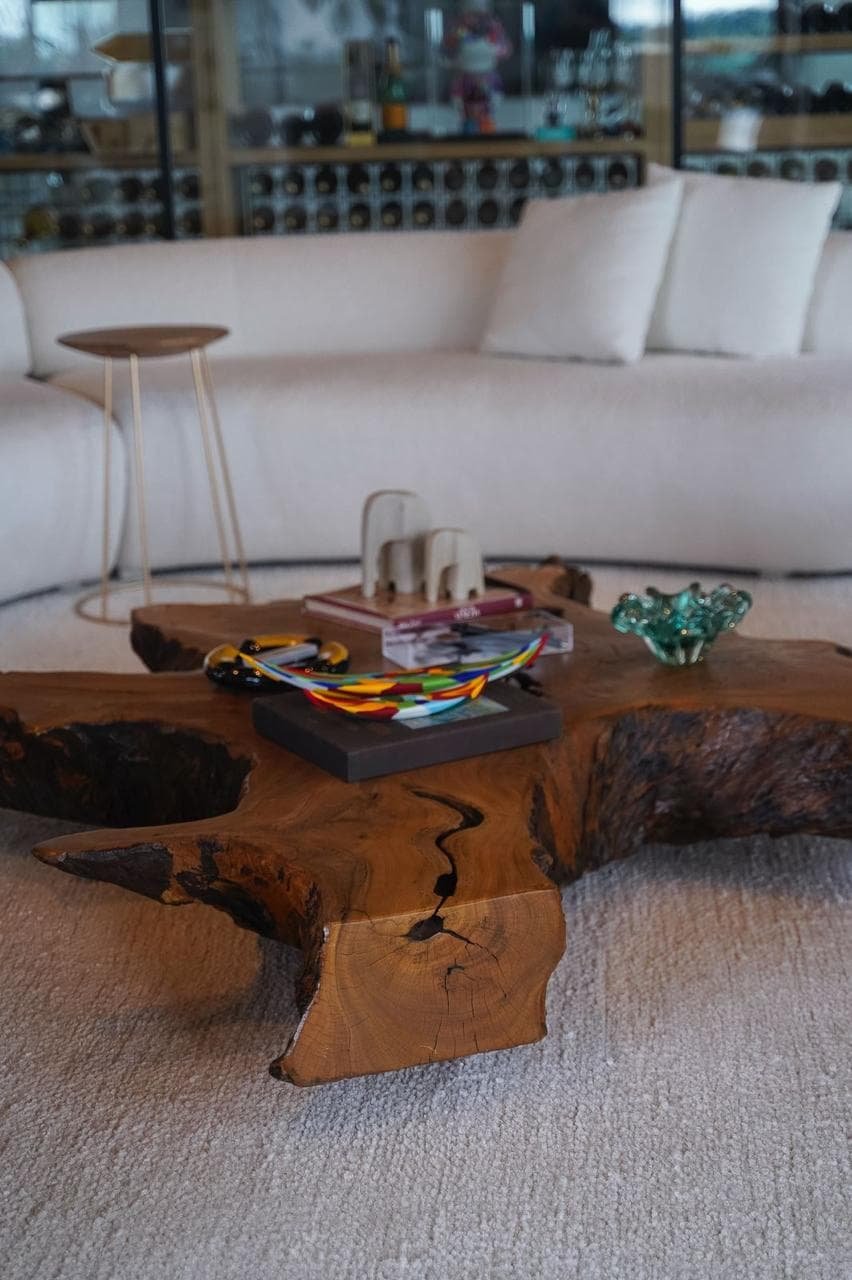
Discover the sophisticated furnishings of Progetto Decor
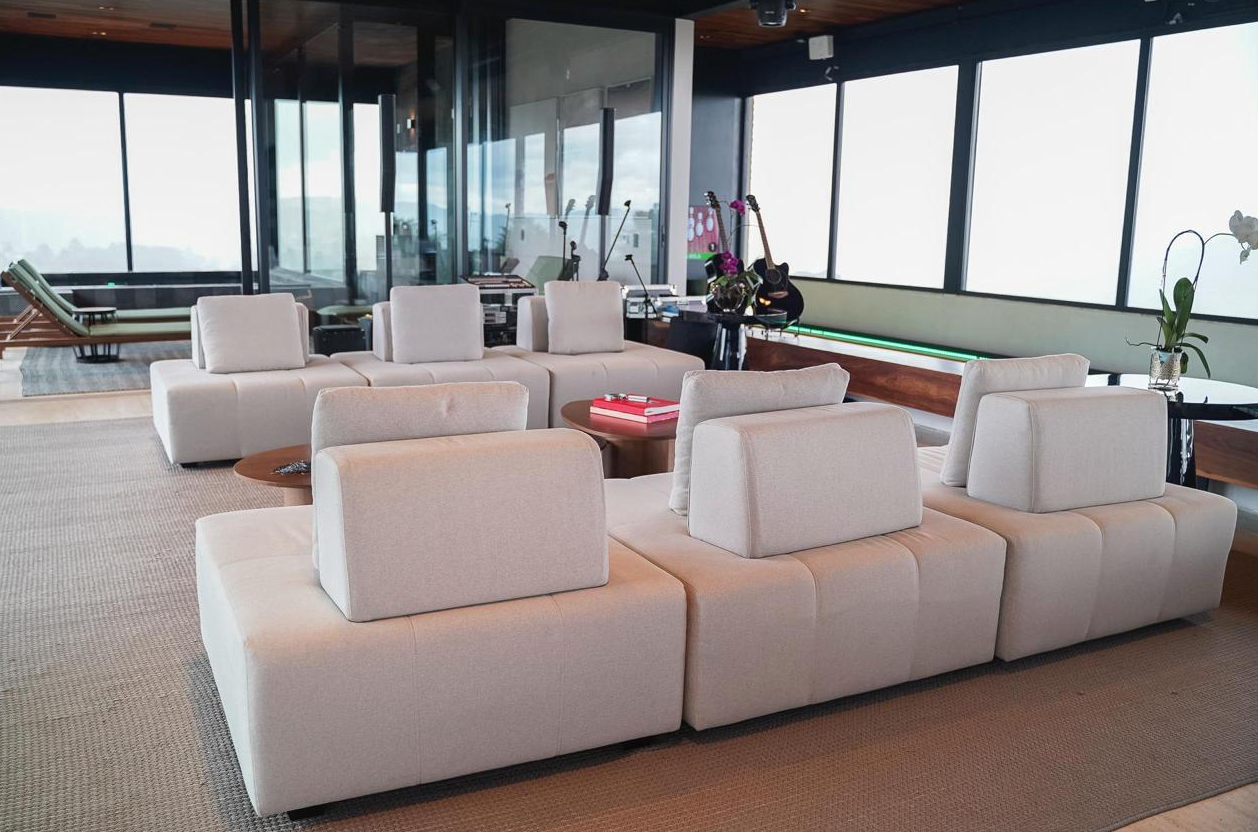
Luxury design: the balance between comfort, elegance and functionality

Discover the luxury furnishings of Progetto Decor

Garden in the apartment: discover the advantages
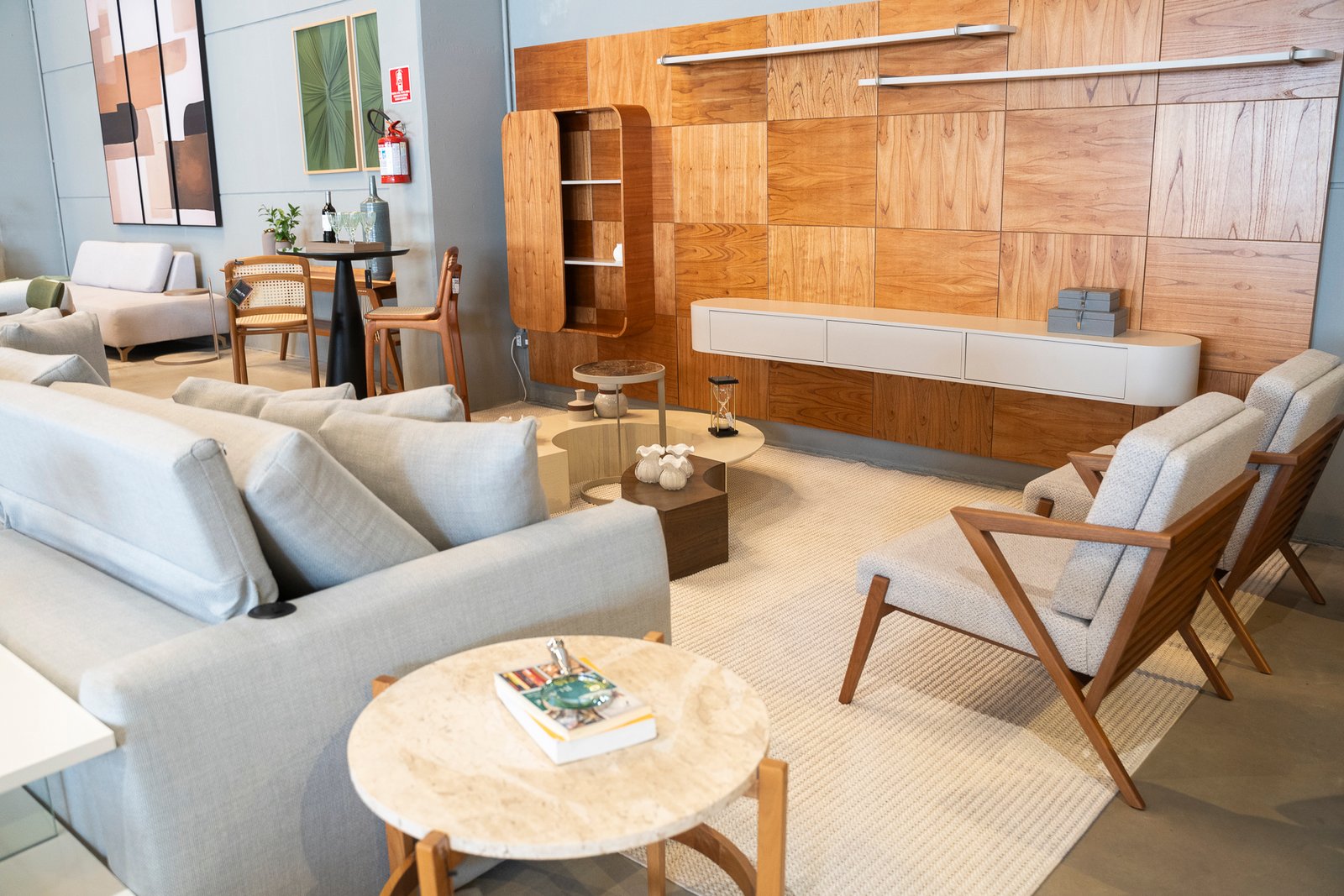
Discover Progetto Decor’s line of custom-made luxury furniture

The main tips for creating integrated environments
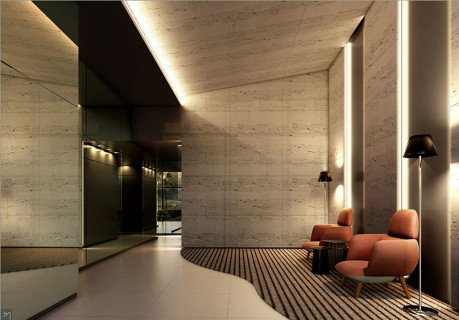
Ambient lighting tips
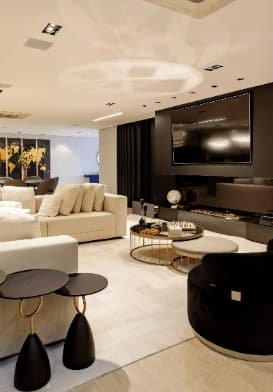
3D projects: transform spaces with luxury and innovation


